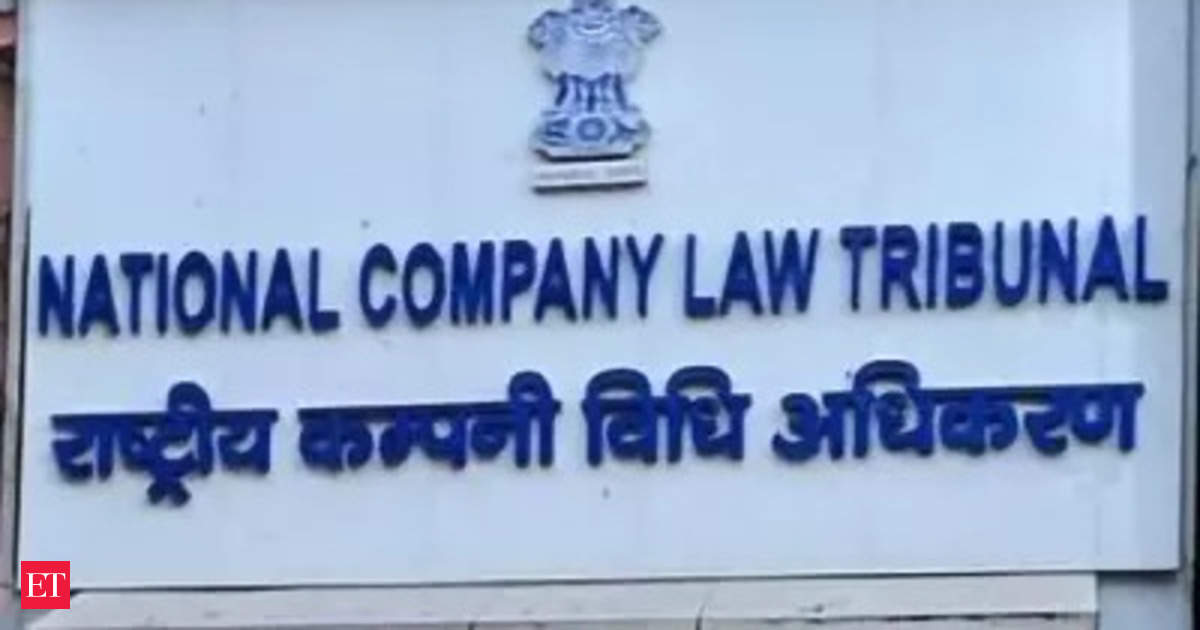The insolvency regulator in India, the Insolvency and Bankruptcy Board of India (IBBI), has put forward a discussion paper proposing a two-part resolution plan to facilitate the expeditious takeover of stressed firms by successful bidders. The objective of the plan is to prevent asset value erosion and ensure the smooth functioning of the firm. The IBBI suggests that the first part of the resolution plan would enable the National Company Law Tribunal (NCLT) to approve the rescue plan, thereby granting control to the acquiring entity, allowing the sick firm to quickly resume or accelerate its operations. The second part of the plan aims to address the contentious issue of the distribution of resolution proceeds among various stakeholders. By separating the two crucial parts of the rescue plan, the regulator aims to prevent the further sinking of the struggling firm. Under the existing system, the resolution plan needs to be approved in its entirety at one go. However, the proposed plan divides the resolution plan into two parts. The first part consists of the resolution amount, the terms of the plan, and its feasibility, viability, and implementation schedule, among other factors. On the other hand, the second part specifies how the plan would cater to the interests of all stakeholders and the payments to be made to them based on their admitted claims. The IBBI believes that this proposed structure would streamline the resolution process and prevent delays in implementation.
Experts have repeatedly highlighted the issue of delays in resolving stressed assets, leading to poor recovery. Around 67% of insolvency cases that are under resolution have exceeded the 270-day timeframe stipulated by the Insolvency and Bankruptcy Code (IBC). The code mandates resolution within 180 days, with a possible extension of 90 days subject to NCLT approval. As of September 30, 2023, the recovery in 808 resolved cases since the implementation of the insolvency regime in late 2016 stood at 31.85% of the admitted claims of creditors, amounting to Rs 3.16 lakh crore. However, the cumulative proceeds accounted for 86.31% of the fair value of companies when the IBC was invoked and 168.5% of their liquidation value according to the latest IBBI data.
The discussion paper dated November 1 proposes a total of seven changes to the regulations to enhance the effectiveness and transparency of the insolvency resolution process. Some of the key changes include providing clarity on the entitlement of dissenting financial creditors, mandating regular meetings of the committee of creditors (CoC) to review progress, and disclosing the fair value of a stressed firm in the information memorandum for potential bidders to generate greater investor interest. The IBBI believes that disclosing the fair value would level the playing field for all resolution applicants and encourage serious bidders, ultimately resulting in better value for the firm. The regulator has also recommended that registered valuers estimate both the fair value and the liquidation value of insolvent companies in line with internationally accepted valuation standards, after conducting physical verification of the inventory and fixed assets of the corporate debtor. In addition, the valuers must explain the valuation methodology to the CoC members. To remove any ambiguity, the discussion paper further states that the insolvency professional must seek approval from the CoC for all expenses, including those incurred in running the stressed firm as a going concern.
The proposed changes aim to make the insolvency resolution process more effective and transparent, ensuring a level playing field for all stakeholders. The IBBI has invited public comments on the proposed changes and the deadline for submission is November 22, 2023.










